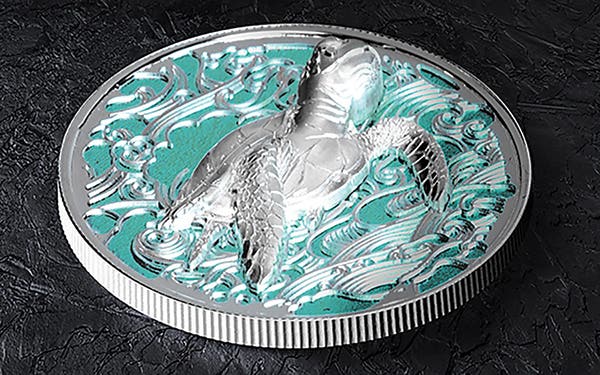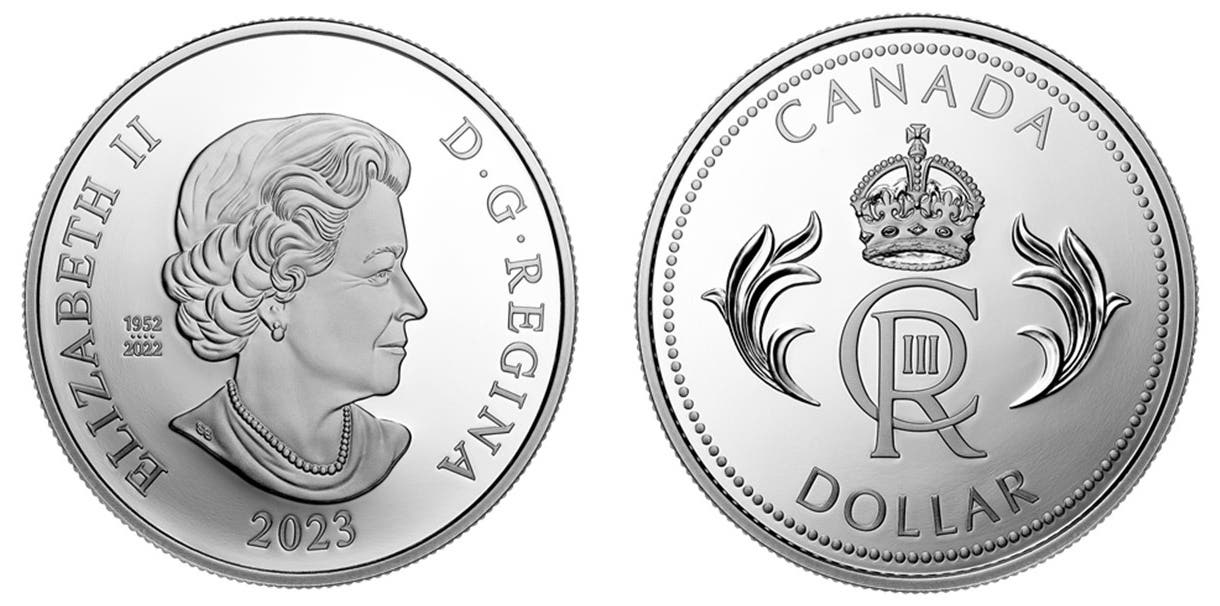Continental dollar struck in Europe?
The annual Royal Numismatic Society publication, the Numismatic Chronicle, has an interesting article by Catherine Eagleton in its 2014 edition just published. The author discusses a 1776 Continental dollar in…
The annual Royal Numismatic Society publication, the Numismatic Chronicle, has an interesting article by Catherine Eagleton in its 2014 edition just published. The author discusses a 1776 Continental dollar in the holdings of the British Museum and this is sure to grab the attention of specialists.
This piece arrived at the Museum in 1818, upon the death of its owner, Sarah Sophia Banks (1744–1818). Banks kept a list of her holdings, and for the Continental dollar, stated that it was “never current, struck on speculation in Europe, for sale in America.” Banks did not give a provenance for her specimen.
That Banks thought that the piece was struck in Europe could be dismissed out of hand except for the fact that her collection notebooks also contained clippings referring to some of the specimens. For the Continental dollar we find the following newspaper advertisement:
“These American Medals at Sixpence Each.
“N.B. Representing the Paper Currency of a Dollar, which goes for Four Shillings and Six-Pence in that Country.
“EXPLANATION.
“The Thirteen Colonies united like a Chain, with the Names of each on the Ringlets, the Words, ‘AMERICAN CONGRESS’ within, in the Center, ‘WE ARE ONE,’ and with Rays of the Sun shooting to each Ringlet, as a Glory.
“The Reverse is the sun going round its Orbit, with a Motto ‘Fugio,’ signifying, I fly: under the Dial is ‘MIND YOUR BUSINESS.’ The Date, 1776, is the time they declared Independency.
“The Letters, E. G, FECIT, its maker’s name.”
The article raises more questions than it answers and the new information will doubtless produce many fresh thoughts on the subject of the origins of the Continental dollars traded in numismatics. One idea might be that the dies were prepared in this country by engraver Elisha Gallaudet about 1777 or 1778 and sent to Europe, perhaps Holland or Germany, to have specimens struck as medals for sale in the United States. Some of the pieces were also later (perhaps after 1782) sent to England, where the advertisement appeared.








